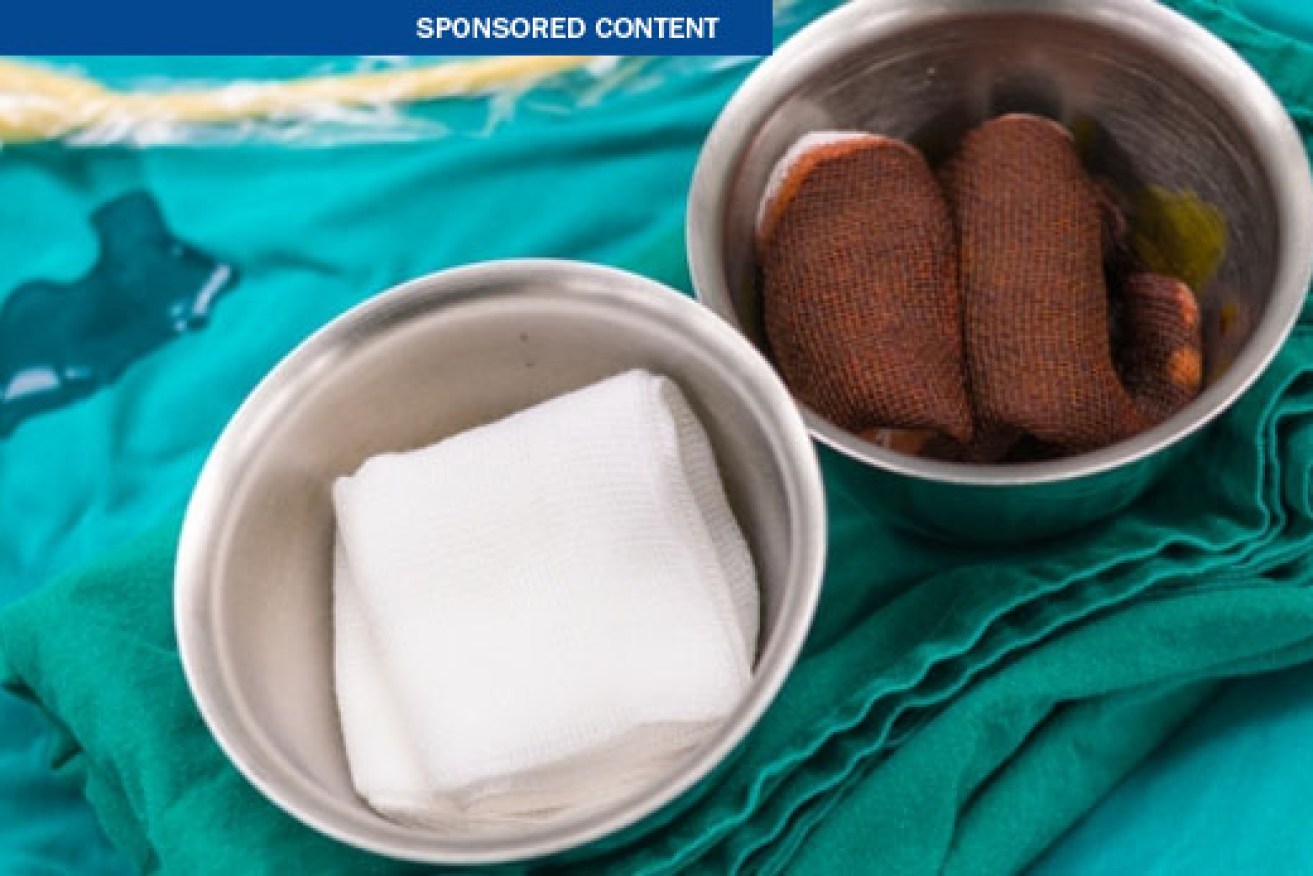
Catheter research could cut painful bacteria bill

Currently, up to 25 per cent of patients who have a urinary catheter inserted develop urinary tract infections. The Flinders research aims to slash that number.
Flinders University researchers are working on creating a bacteria-resistant catheter to solve a problem estimated to cost more than $400 million a year in the US.
Dr Ingo Koeper, lecturer in the School of Chemical and Physical Sciences and a researcher at the Flinders Centre for NanoScale Science and Technology, said that up to 25 per cent of patients who have a urinary catheter inserted currently develop urinary tract infections.
In partnership with Flinders University’s Head of Microbiology and Infectious Diseases, Professor David Gordon, Dr Koeper and his team has research which suggests that 95 per cent of the bacteria which causes those infections could be avoided by coating catheters with a non-toxic bacteria-resistant chemical compound.
Such a compound would also relieve patients of the uncomfortable experience of regularly catheter changes, which is the current means by which hospitals attempt to avoid infections.
“It’s not surprising really, because as soon as you insert foreign material into the body bacteria will grow,” said Dr Koeper. “That’s unpleasant for the patient and very expensive for the healthcare provider.
“Early laboratory results suggest we can cut bacterial growth by 95 per cent. But now we need to determine that the product we are using to coat the catheter is safe for human use.”
Dr Koeper, whose work was recently boosted by a $30,000 grant from the Repat Foundation, said his team is working closely with urology doctors and nurses based at the Repatriation General Hospital.
“We are currently analysing the data of urology patients at the hospital, and are interviewing medical staff about current catheter practice,” he said. “We also want to determine why existing catheters with non-bacterial properties aren’t used very often.”
Once the team has developed a suitable compound, the polymer will need to undergo comprehensive clinical trials to ensure its safety and efficacy.
“It’s hard to put a timeline on it, but we’re hoping that within five years we may have a new bacteria-resistant catheter on the market.”




